Boxing day walk above Gourdon
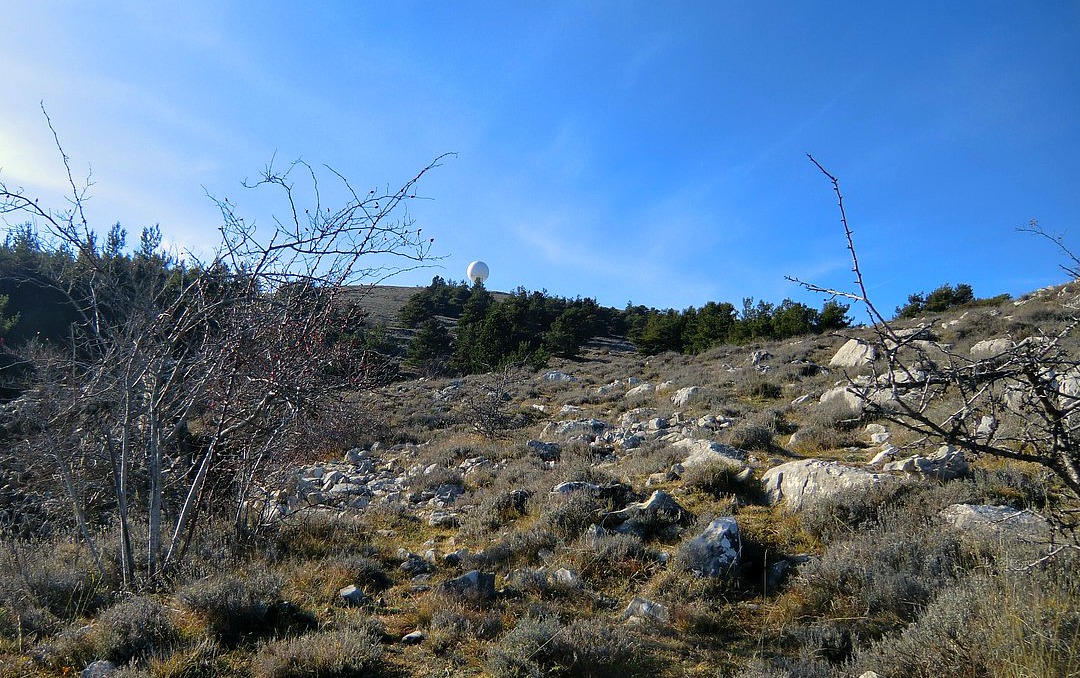
Sometimes an easy walk in fresh and clean air is all you want. This nature walk above the hilltop village of Gourdon (758 m) offers magnificent views on a clear day while the vertical climb is just 250 m.
The walk starts from the parking by Chemin des Claps at 1112 m altitude. From the roundabout at the entrance of Gourdon, take the RD12 road to Caussols. Continue about 5.5 km, then turn left and follow chemin des Claps about one km. From Nice, the driving time is about an hour. You’ll see a closed gate and a stone wall, and a narrow paved road behind it leading to the summit of Haut Montet (1335 m). The civil aviation radar dome on the top is clearly visible. In fact, the dome can be seen from many places on the coast. This is also the highest point of the walk.
Immediately left of the closed gate there’s an opening in the wall for walkers. Follow the “Circuit du Haut Montet 2h30” signposts. The trail (yellow marks) first takes you to a ridge frequently used by paragliders. The trail ascends gently along the ridge before turning right joining the paved road up to the summit. It is an easy trail but caution should be exercised in poor visibility, and of course in icy and wintery conditions.
We did the walk on a clear albeit a bit hazy day. When we reached the summit, the Mercantour peaks were actually better visible than the coast.
Descend back to the starting point along the paved road.
Duration: 2h30
Map: IGN Cannes-Grasse TOP 25 no 3643 ET
Map image courtesy of Google Maps




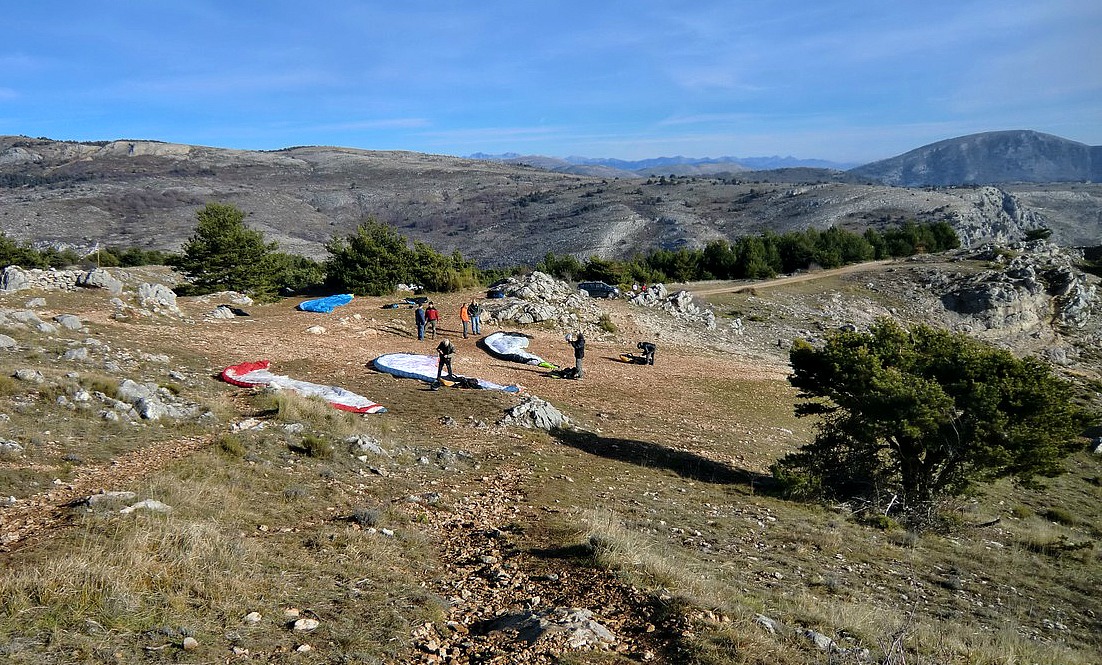

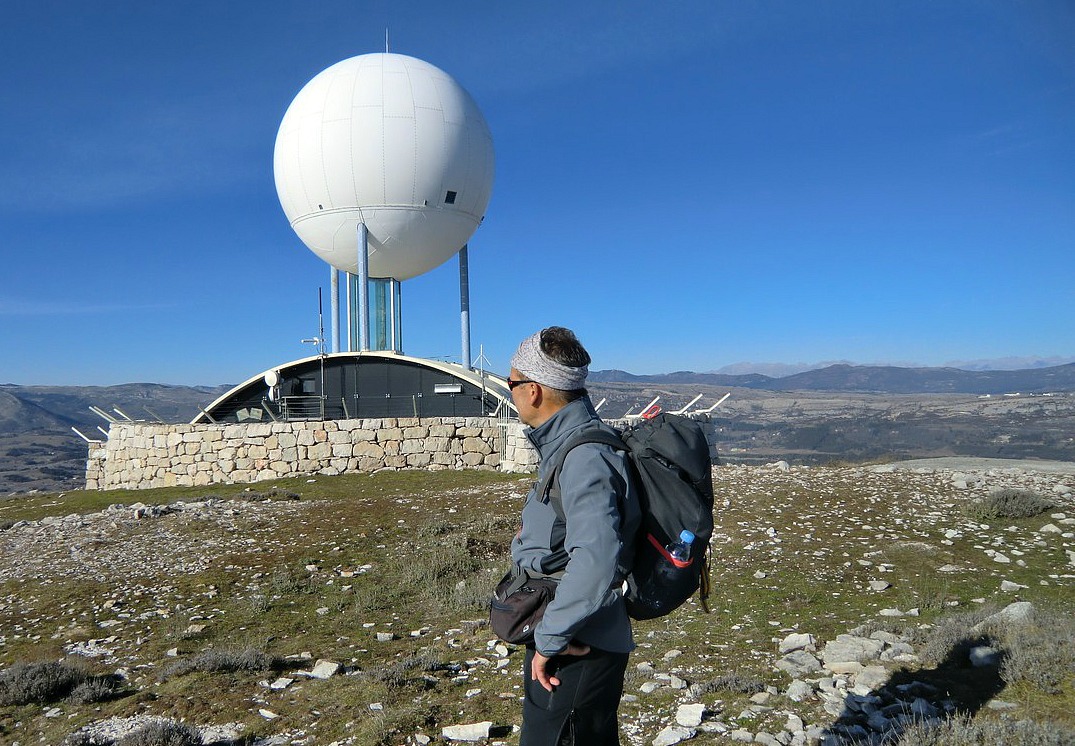









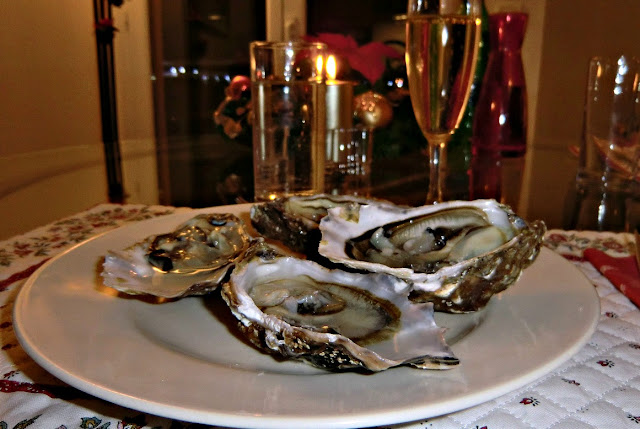
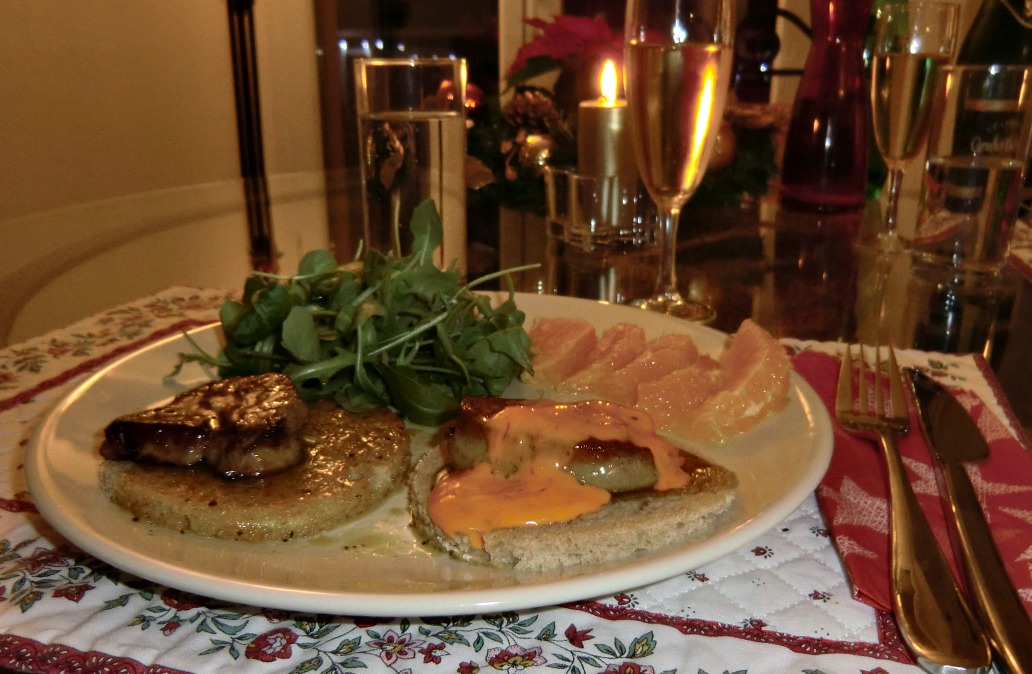
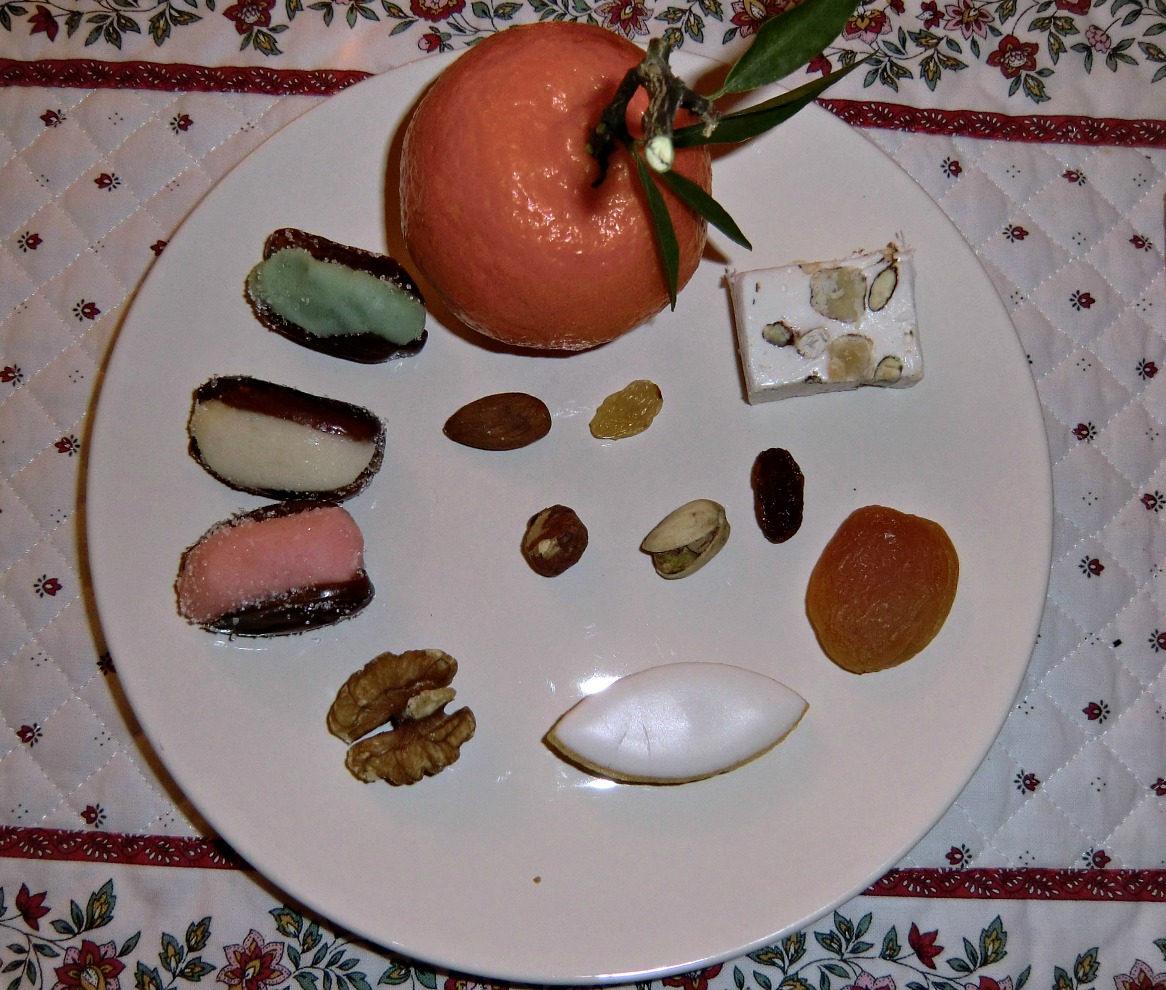
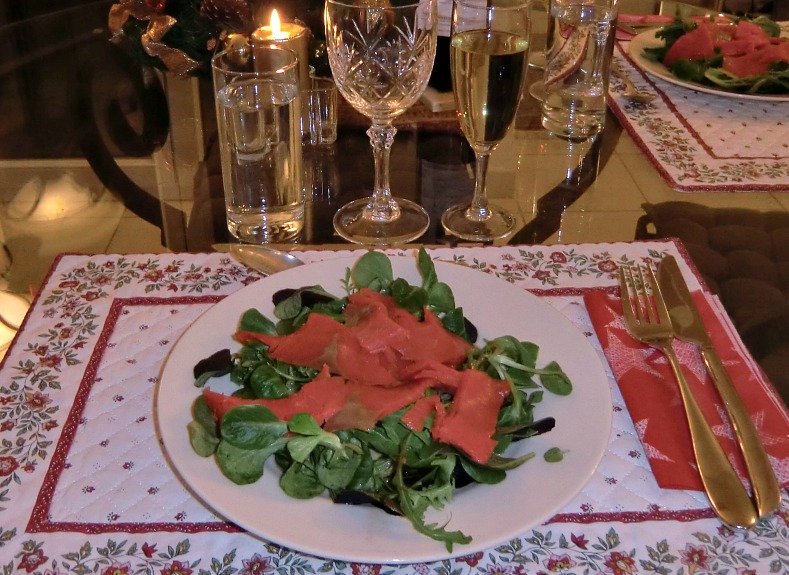




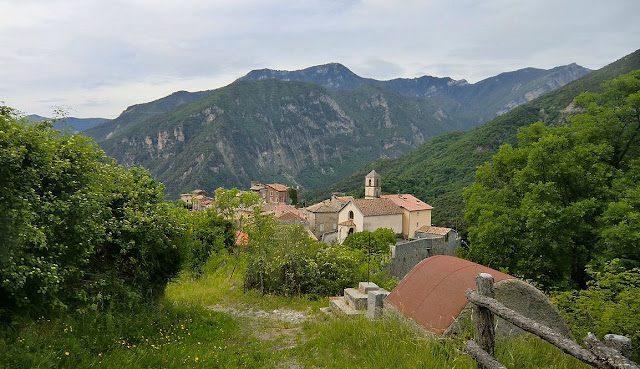


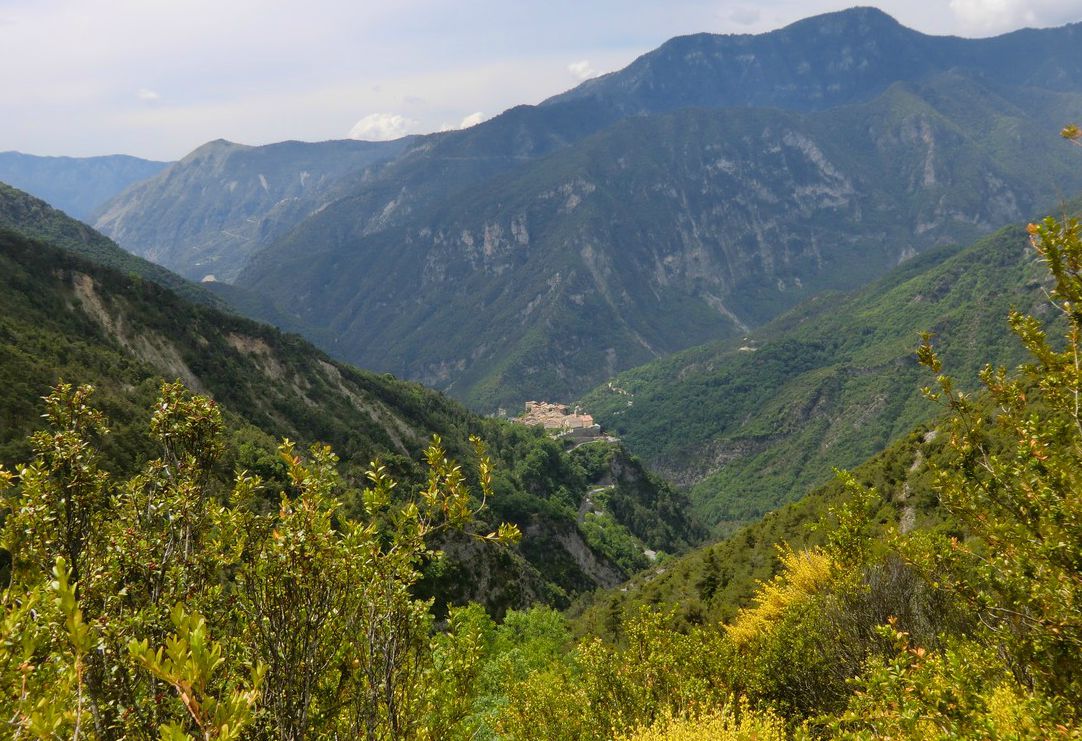
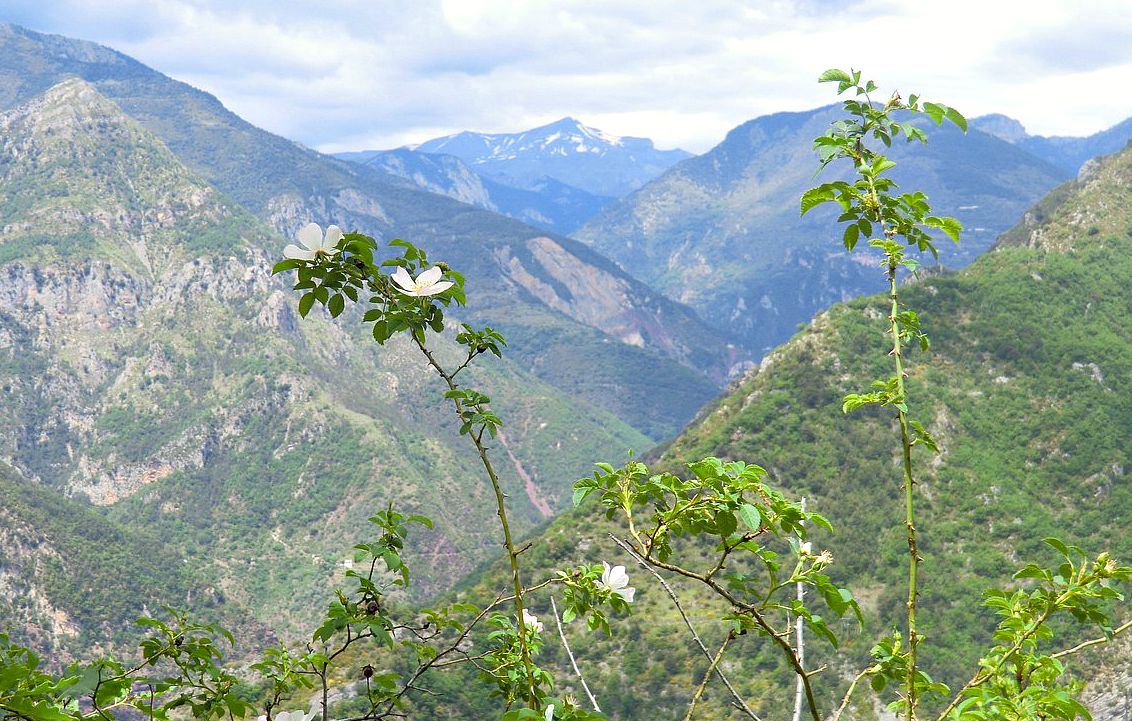


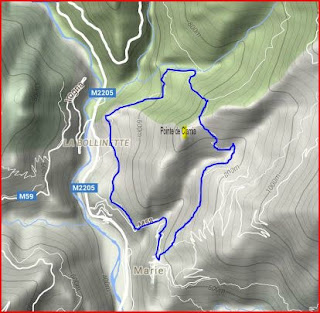

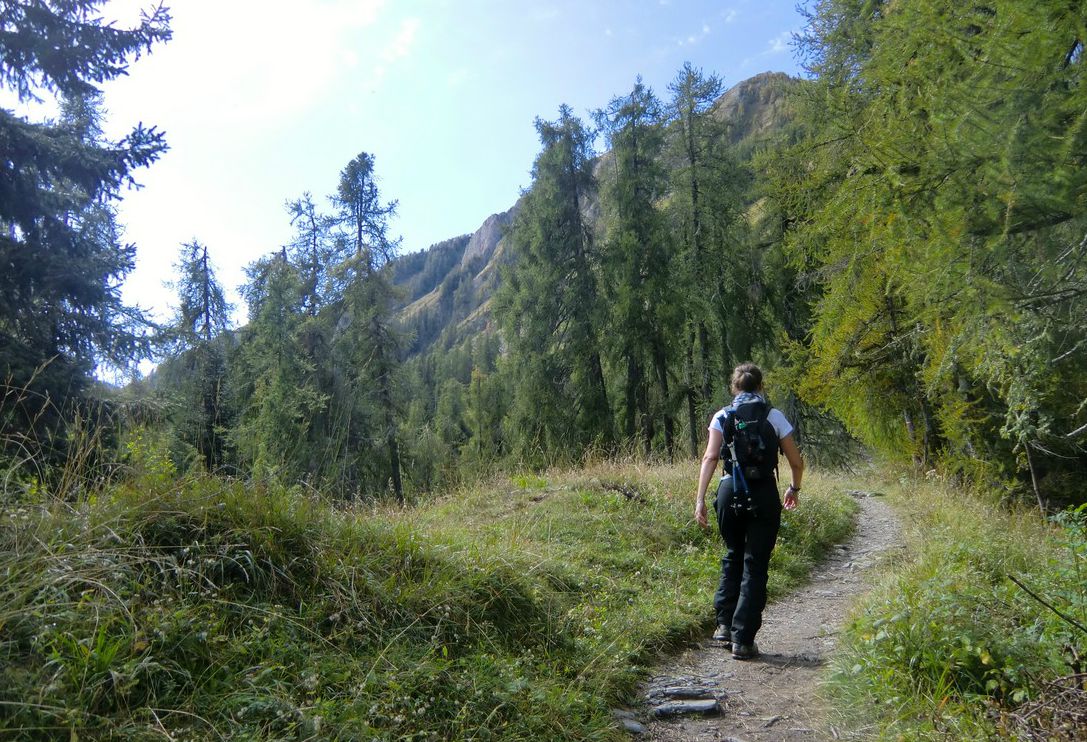
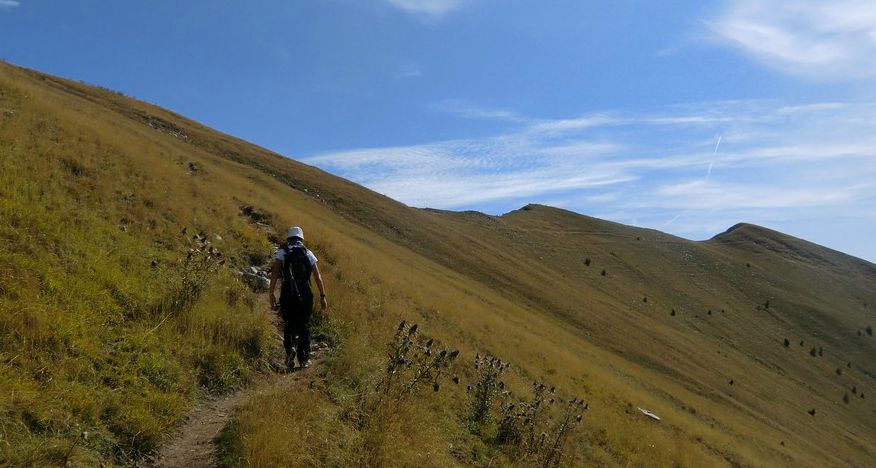


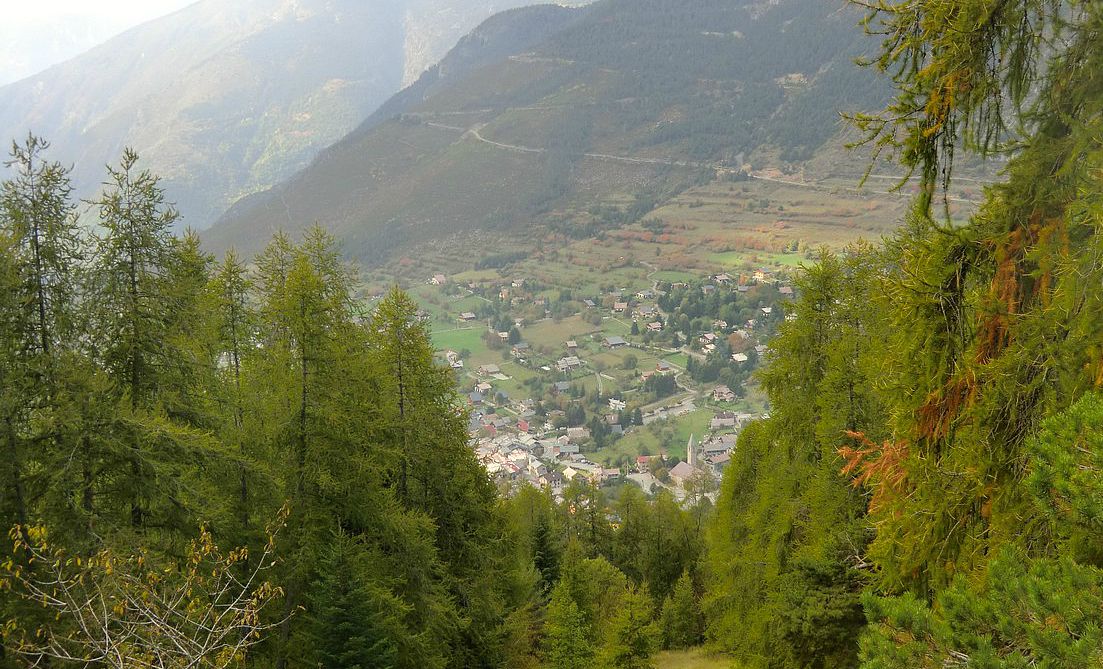
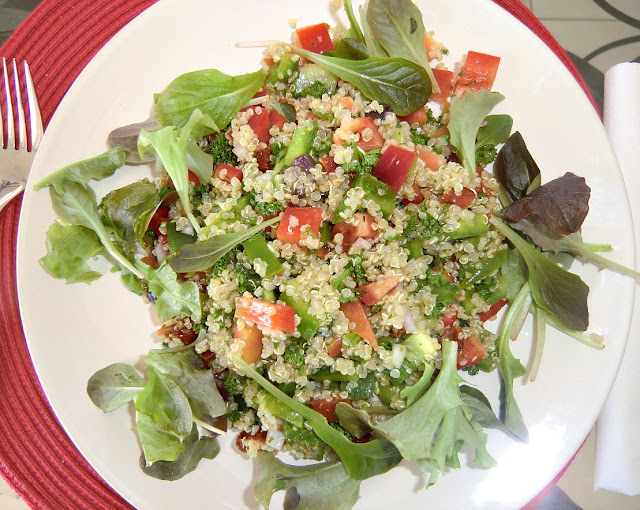








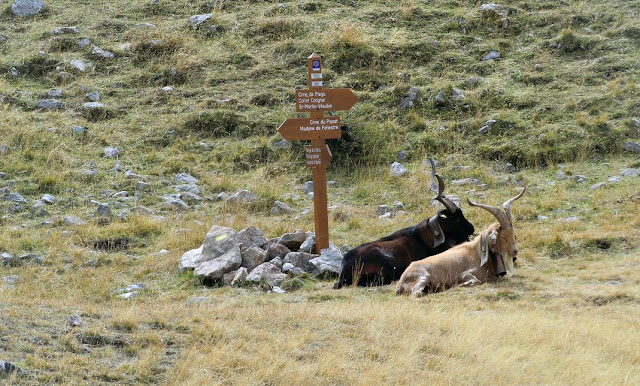



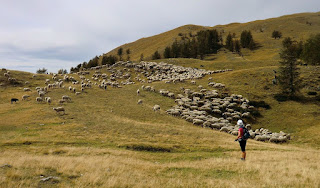



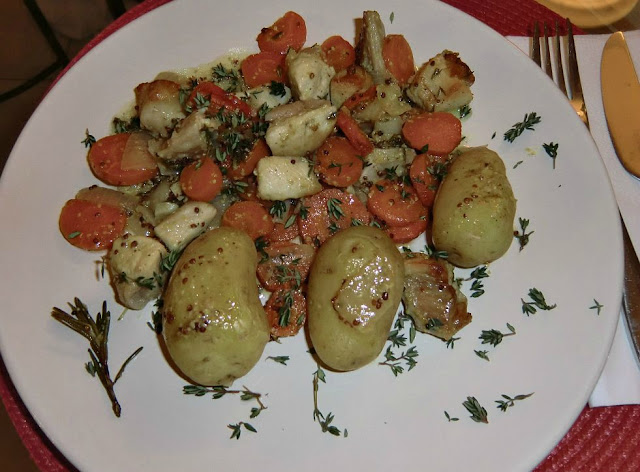

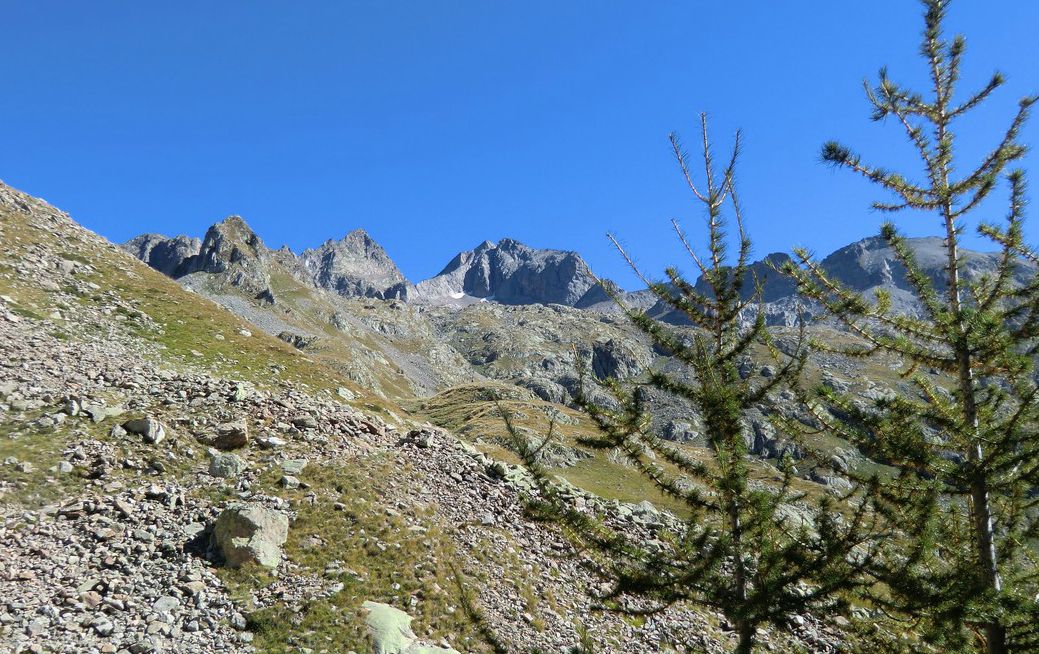
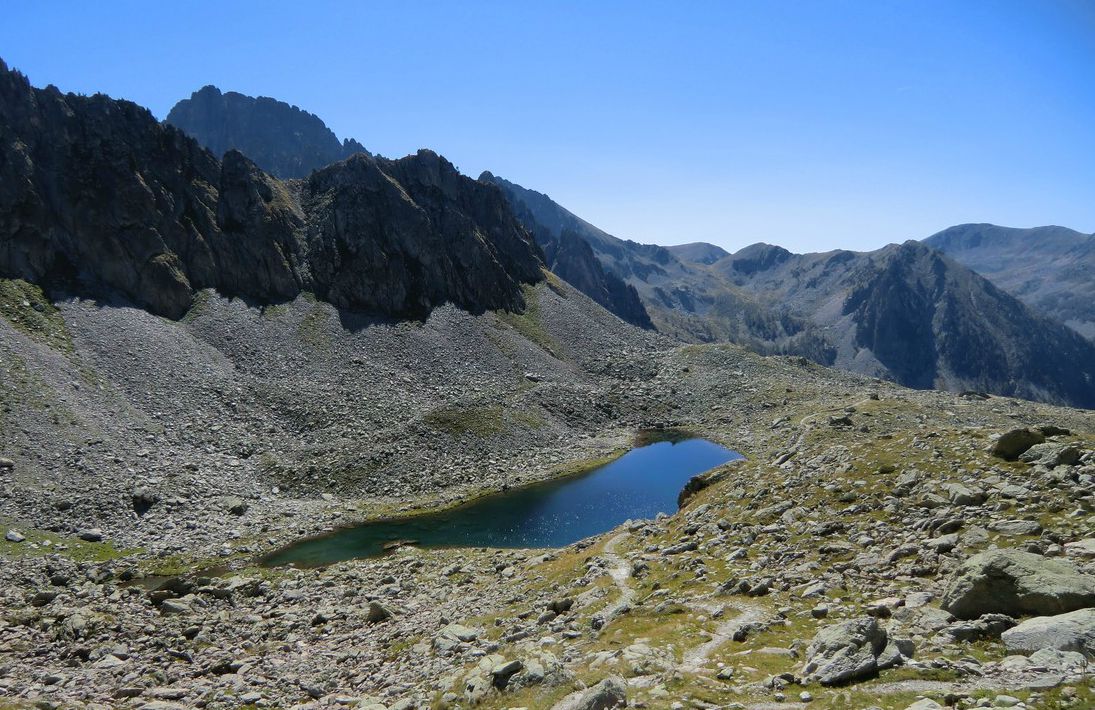


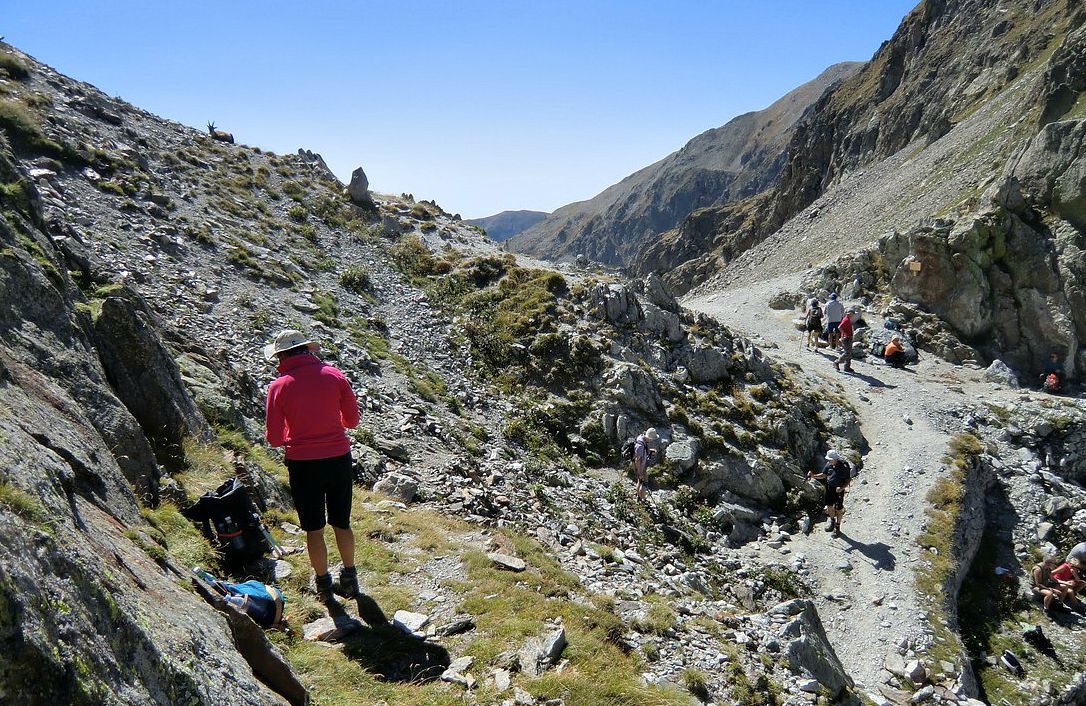

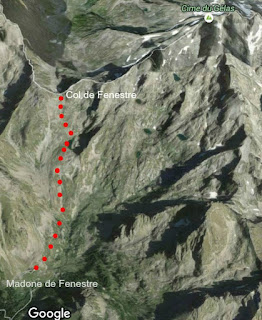




0 comments:
Note: only a member of this blog may post a comment.